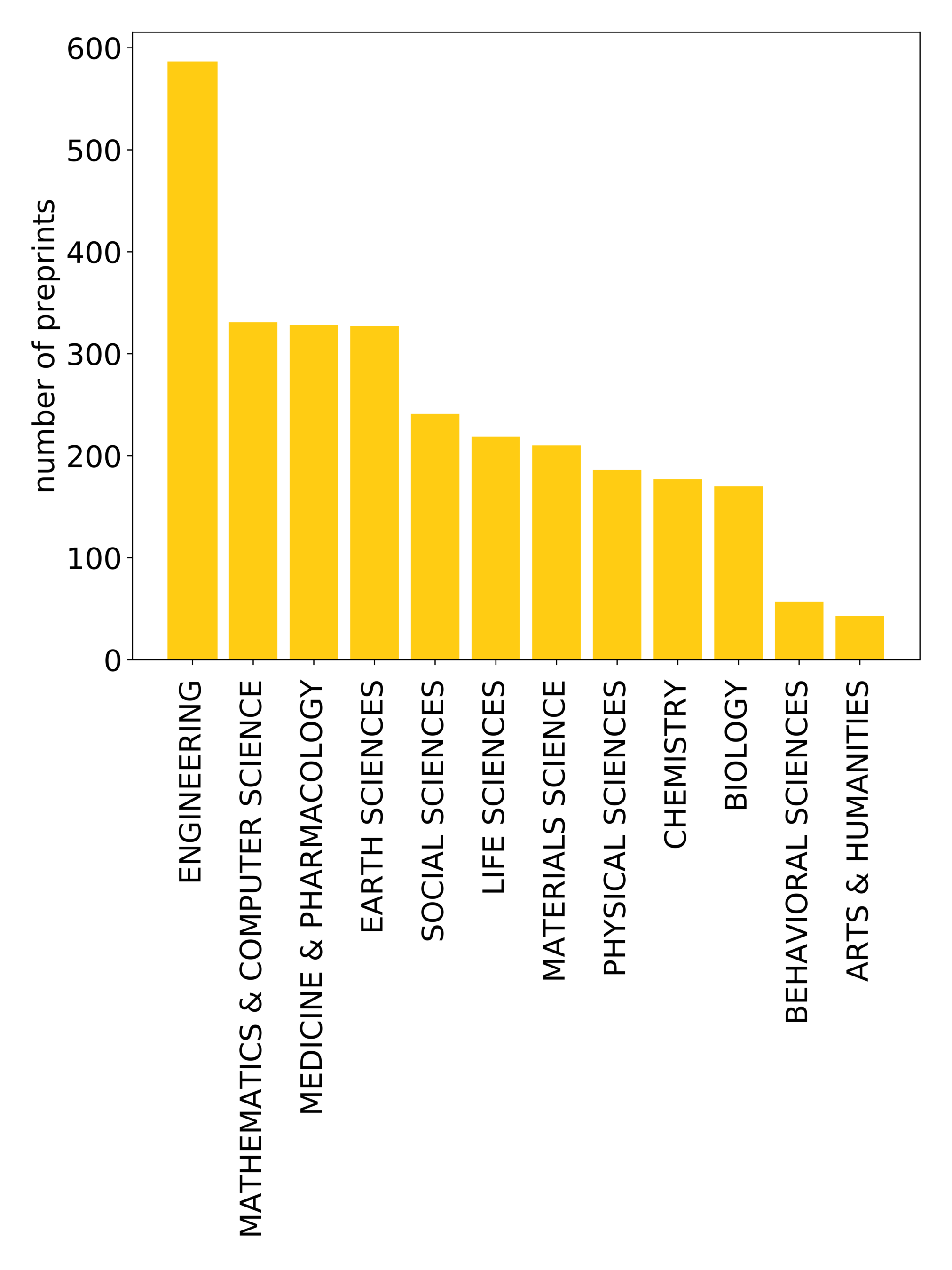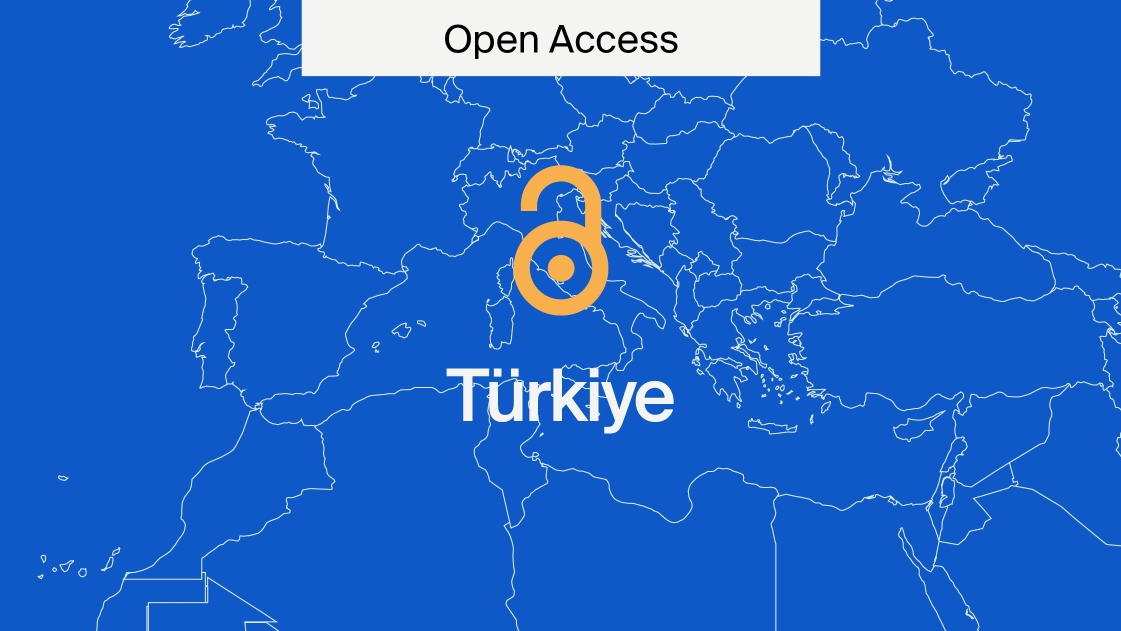
A Milestone for Preprints: 3000 Articles
In 2018, we passed a milestone for Preprints: 3000 articles published online. This is a good time to reflect on the achievement and growth of preprints.
All authors enjoy the feeling of making their work available. With preprints, we help them to promote their work within hours. While offering a different service to a peer-reviewed journal, posting a preprint can have substantial benefits:
- Work is citable, including in grant and job applications;
- Authors can receive feedback from colleagues and build collaborations;
- Preprints contribute to open, accountable, and transparent reporting of science.
Why did we establish preprints.org?
MDPI set up Preprints with two primary goals in mind.
Firstly, our aim as a publisher has always been to process papers quickly and get rid of unnecessary delays between journal submission and publication. We see this as a service to authors, whose reputation depends on having their work made public. It is also a service to the wider research community, who benefit from research staying hidden for the shortest possible time. Given this, what could be faster than a preprint? After a basic check, the latest research is online, citable, and discoverable. Readers can make up their own mind immediately whether they trust and want to build on the results, or they can wait until peer review is complete and reassess later.
Secondly, we put authors at the centre of what we do at MDPI. With journal publication, editors and publishers can hold papers for long periods of time, sometimes to the frustration of authors who do not see what action is being taken. Preprints empower authors by allowing them to take control over the announcement of their research ideas. They also permit them to receive public feedback, even prior to journal submission. This can improve a paper before it reaches the peer review stage, benefiting authors and editors.
More recently we have looked at developing a focus on Open Access and open science. All preprints are posted with a CC BY license, so readers are clear about how they can reuse posted material. Authors can upload supplementary material or provide links to related resources, such as data or computer code. We make sure preprints are discoverable by working with indexing databases, and have added preprints to our own database at Scilit.
Milestone for Preprints
In 2017, we posted 2400 preprints across all the subject areas covered:

Engineering was a particularly strong area. Some of the traditional sciences (physics, chemistry and biology) appear less well represented, although medicine and pharmacology could be added to chemistry, and life sciences could be combined with biology.
In total, 131 comments were made on the platform. This is a good start, but we think we can do better. Comments from readers provide valuable feedback to authors and contribute to improving the quality of final research output. Options to send private comments and have comments recognized as reviews on Publons have been added.
In October 2017, we launched a feature for the research community to have input into preprint screening. This is a first step to make sure we are delivering the kind of serve the research community at large is looking for.
Looking Forward
Over the next 12 months, we are looking to expand this exciting project. We want to post more preprints and keep our interdisciplinary appeal. We also want to provide more options for authors while keeping a very simple process for posting a preprint.
Our focus will continue to be fast, open dissemination with authors in control. We are not alone, there are now a growing number of preprint servers, with increasing numbers of preprints being posted. We are excited to be a part of this expansion and the growing popularity of preprints.
Click here if you want to learn about The Future of Preprints.










